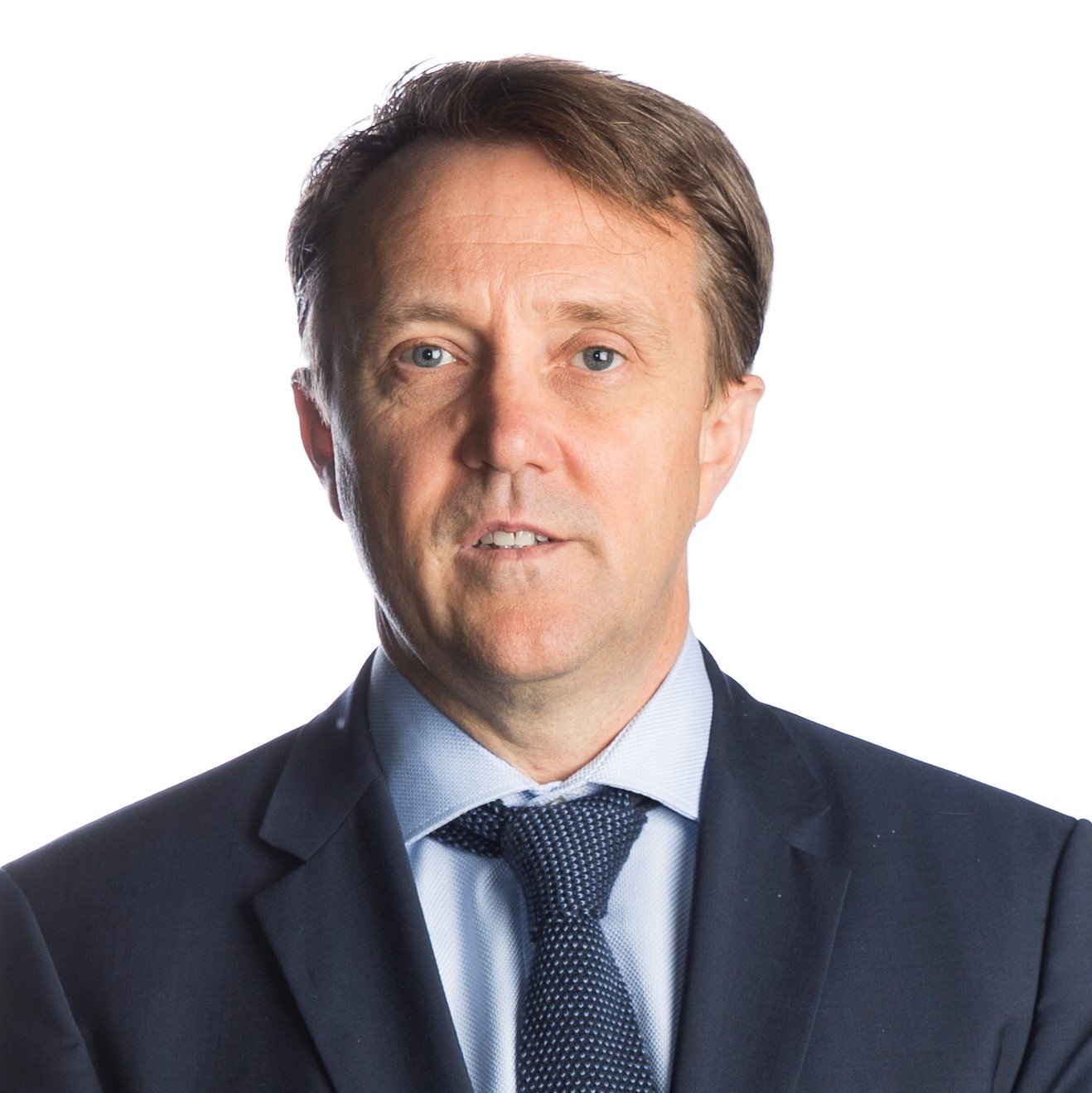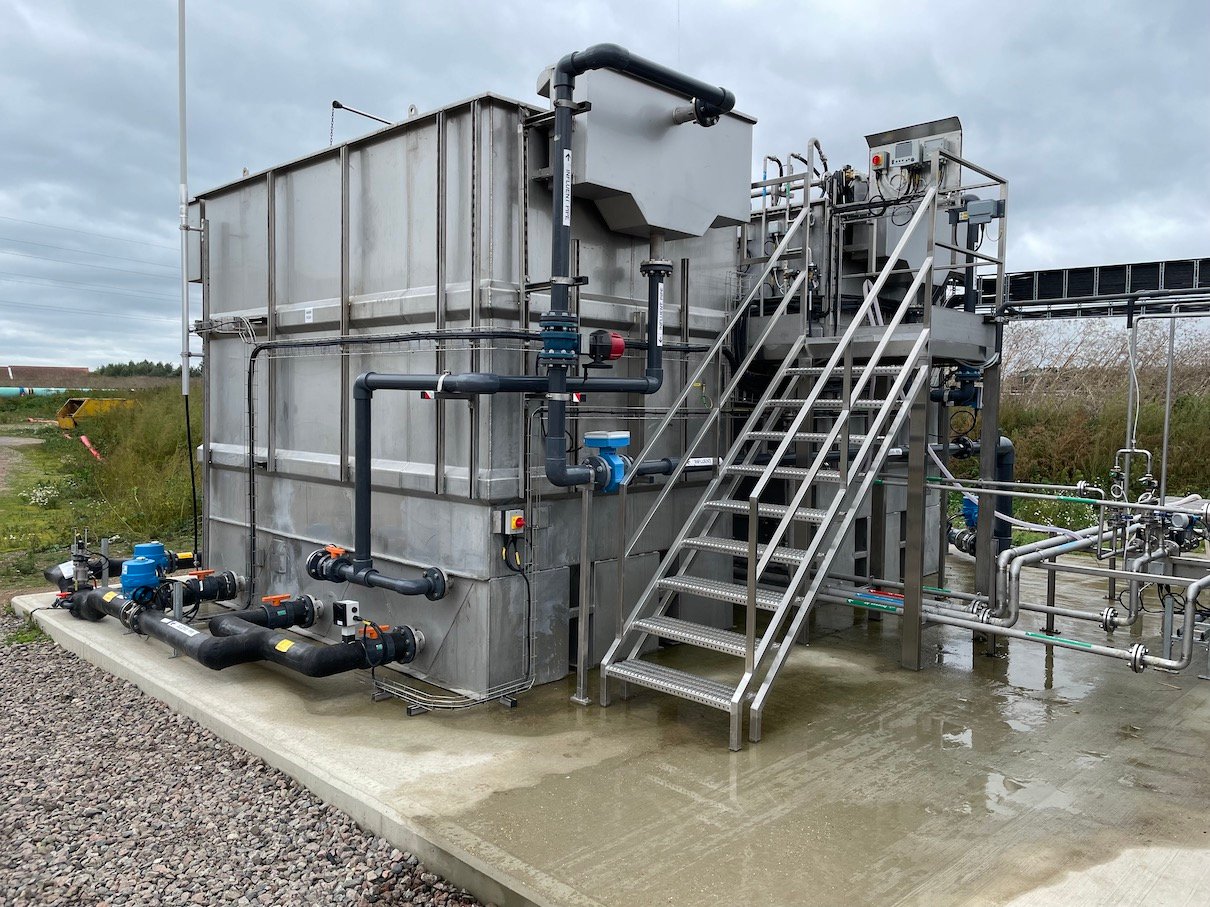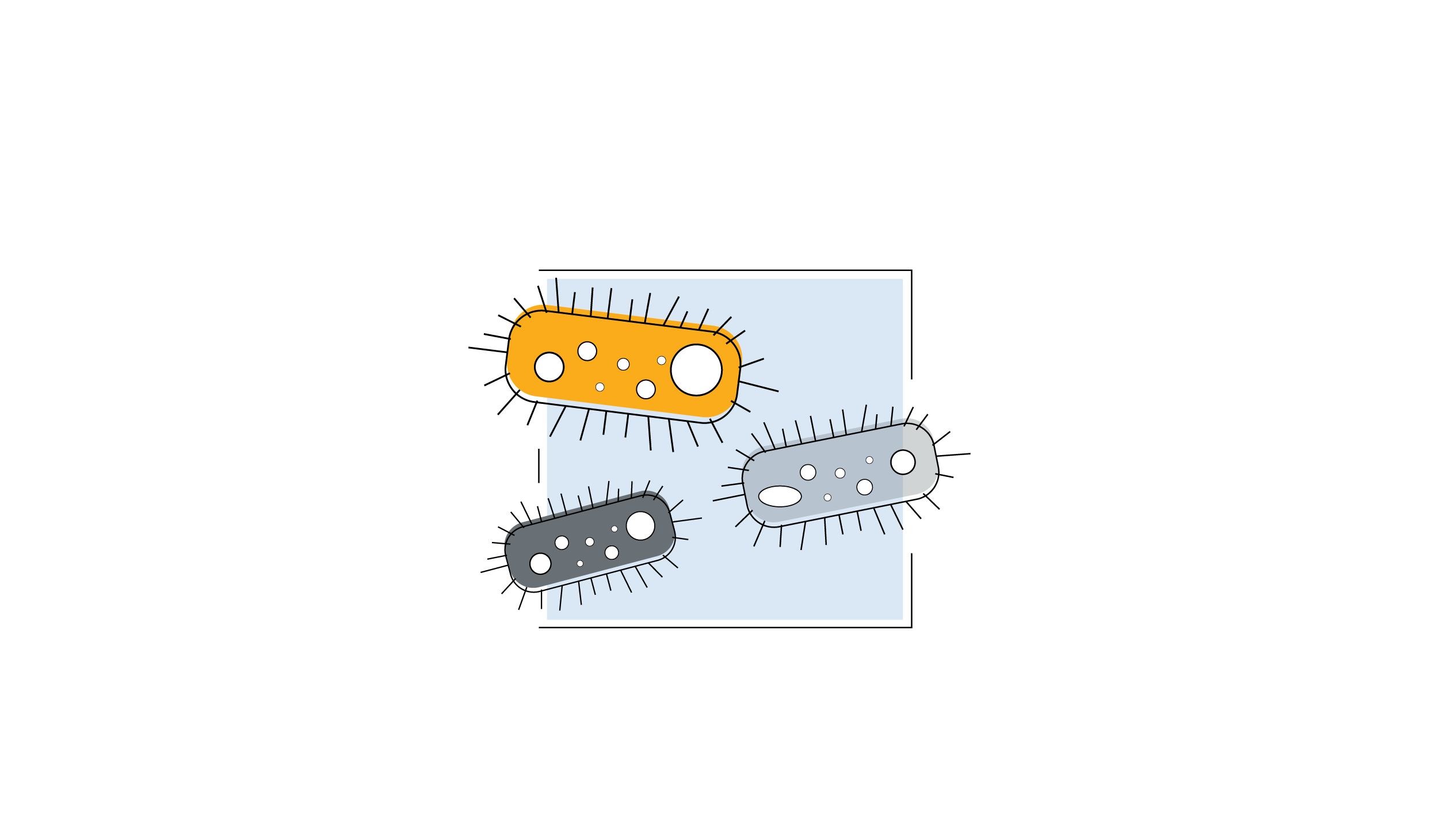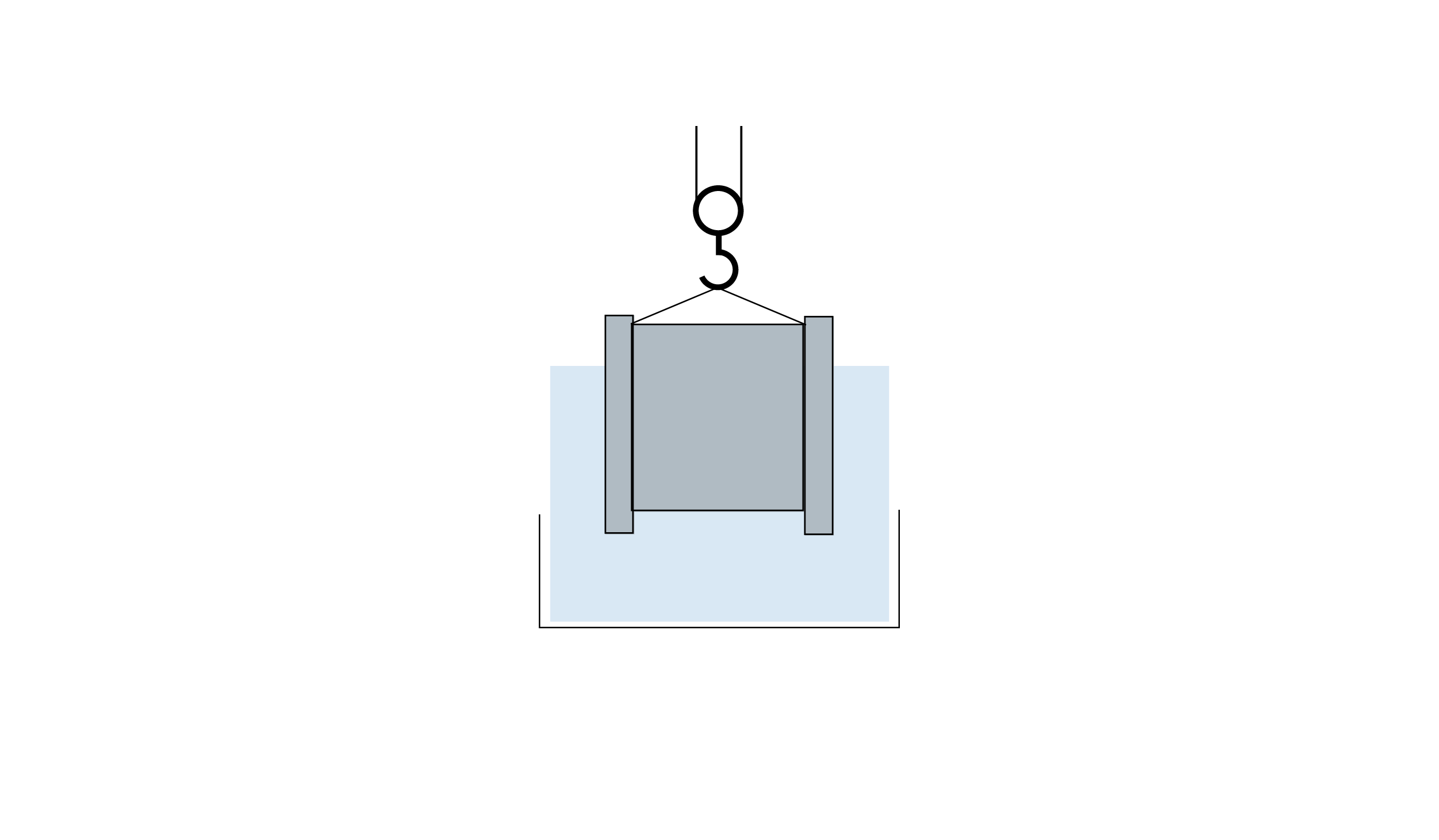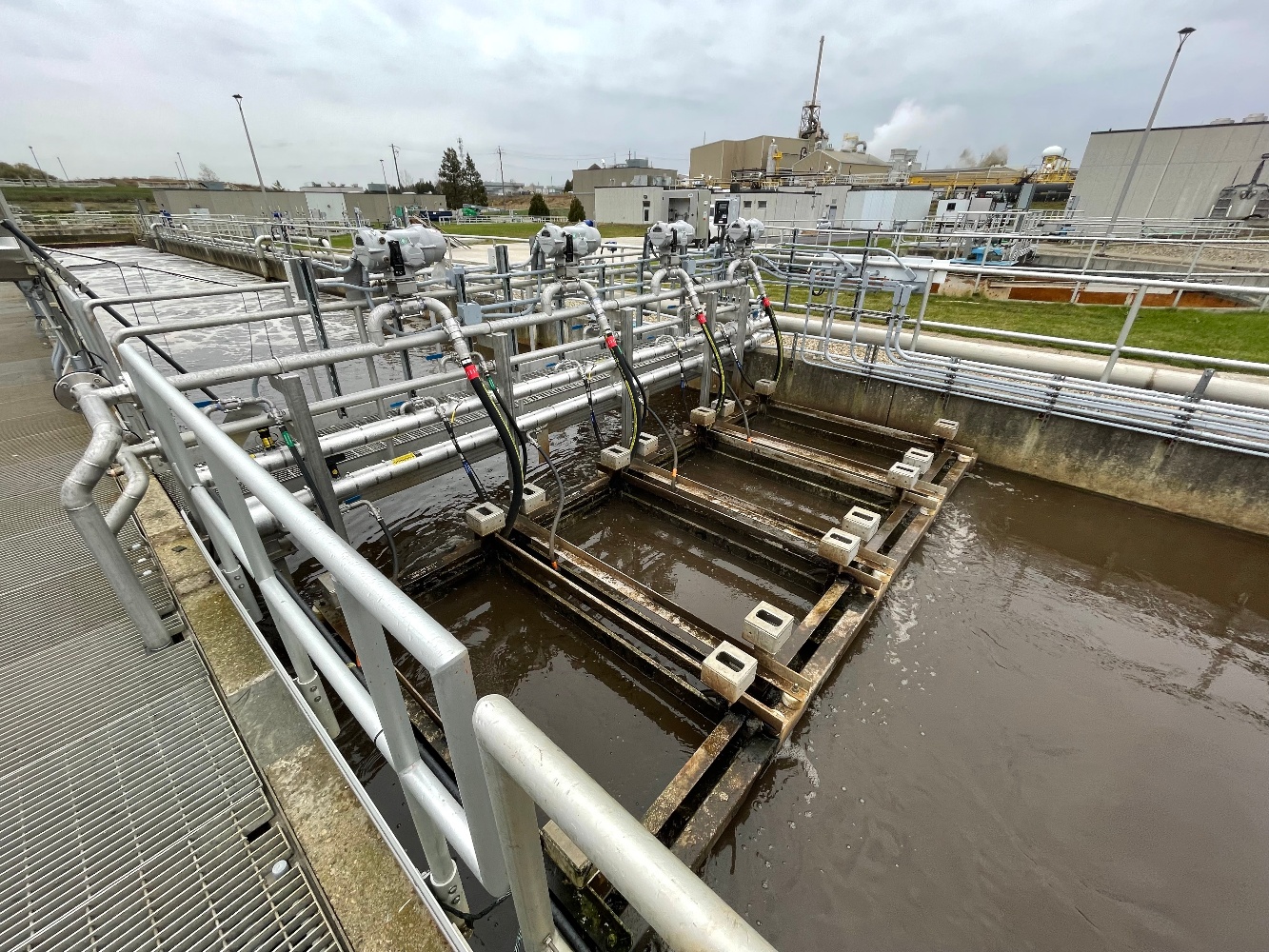Design Considerations & Challenges - Q&A with OxyMem’s HOPE Ninja
One aspect in the engineering world that is just as important as building a project, is building your project culture.
Arranging a team, creating the best development process and optimising that process is a science. And not an easy one. Eoin Mulholland is affectionately known as OxyMem’s HOPE Ninja (Head Of Project Engineering). Eoin has been handed the baton of development for the Membrane Aerated Biofilm Reactor from those who have championed it for over 15 years in University College Dublin, Ireland.
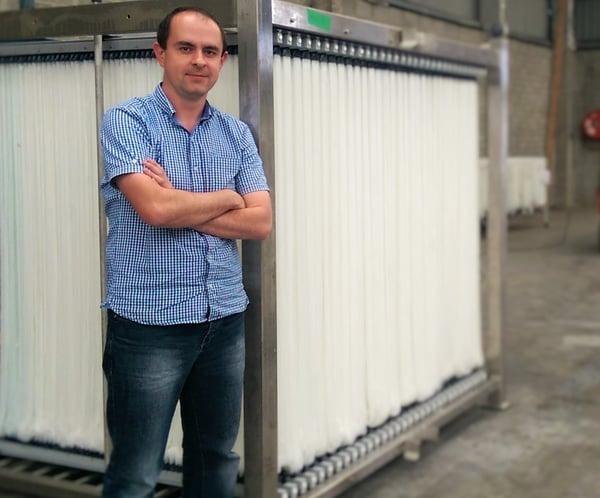
Curious to learn more about the development process and challenges he faces, I had the opportunity to ask Eoin a few questions.
The OxyMem MABR is a unique technology which breaks away from conventional aeration techniques and is known for its innovative standpoint. What kind of differences have you noticed between project engineering with OxyMem in contrast with projects you’ve worked on previously?
In the engineering sector, some people consider the design process as a finite process i.e. with a discreet start, middle and end. However, this is not the case at OxyMem. The design process here is a journey, in most cases, without a final destination as one is continually striving to perfect designs, systems, equipment and processes.
The process at OxyMem consists of multiple strands of consideration. These include function, form, material selection, physical dimensions, environmental considerations, life expectancy, cost, manufacturability, quality and standards. It’s exciting to be faced with different design considerations based on each customer’s need. It makes for a challenging and rewarding working day.
What kind of design challenges do you face?
The OxyMem MABR product presents an interesting set of unique design challenges. With each OxyMem cage unit consisting of over 800,000 individual fibres or tubes, one challenge has been to ensure each tube is connected to a central process gas supply system.
Optimising the design of the cage system to minimise the number of parts required for assembly and therefore reducing assembly time and overall system cost is something we challenge ourselves with on every new project. There is great motivation in seeking optimisation while maintaining and improving quality.
We are also continually optimising for plug and play methodology to ensure ease of installation on site and design error-proofing to ensure ease of operation and maintenance.
One of the most compelling aspects of the OxyMem MABR is that it can deliver 8kg of O2 / KWhr. What elements of the project helps make this a reality?
The OxyMem system is unique in that it requires very low process air pressures and flowrates to operate. In order to ensure an energy efficient application, consideration was given to various factors including precise process pipe sizing, minimised system pressure losses, system balancing and equipment selection. This ensured minimised energy loss and maximum efficiency from the process gas supply system. In addition, re-use of the system exhaust gas for mixing ensures that nothing is wasted.
In the wastewater industry, one factor that merits close consideration is material selection. Components and equipment regularly come into contact with wastewater of varying characteristics. What challenges are posed for the design engineer in selecting the appropriate material?
Selecting materials for corrosion resistance can definitely be a challenge. Stainless steels which can immediately spring to mind, are not always the most adequate material especially in high chloride environments. Stainless steels do not suffer from uniform corrosion when exposed to water environments. However, localised corrosion, such as pits and crevices can be an issue and needs to be taken into account. Low flowrates and resultant stagnation of the high chloride liquid in pits or crevices should be avoided. Good design and correct fabrication method selection can minimise this issue. Engineering plastics can sometimes be the best way forward but can have limitations with regards to assembly, strength and weather resistance.
What is one of the most interesting considerations you’ve faced while working on the OxyMem MABR?
A unique challenge here at OxyMem is the utilisation of oxygen as a process gas. Oxygen in itself is not a flammable gas, however it can significantly increase the risk of an oxygen induced fire. The gas itself can lower the ignition temperature of materials it comes into contact with including metals. Material selection is key when designing systems to convey pure oxygen. Oils and greases with a high carbon content are particularly hazardous when they come into contact with oxygen. Care needs to be taken to ensure any component or system is degreased to minimise the risk. Rubber seal materials also require close attention. Standard nitrile (Buna-N) seals, especially dynamic seals, can be compromised in the presence of oxygen.
How do your engineering colleagues create a safe space to innovate and try new things?
Experimentation and failure are part of the culture in an innovative company like OxyMem. If you don’t fail you’re not trying hard enough; you’re not being bold enough. We celebrate failures as much as we do successes. No one will criticise you for a reasonable hypothesis failing, but they would be disappointed if you don’t try.
Finally, what’s your favourite quote?
“Design is a funny word. Some people think design means how it looks. But of course, if you dig deeper, it’s really how it works.” – Steve Jobs.
